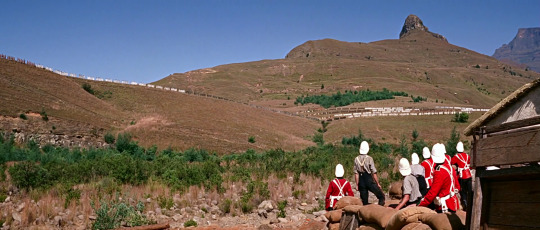#cy endfield
Text
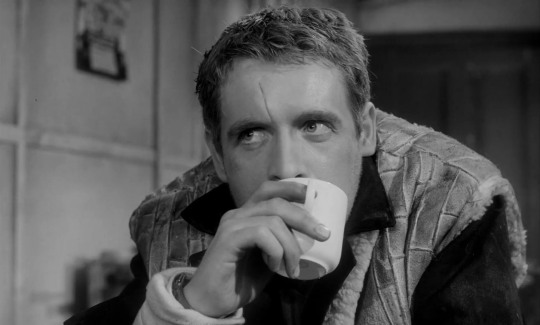
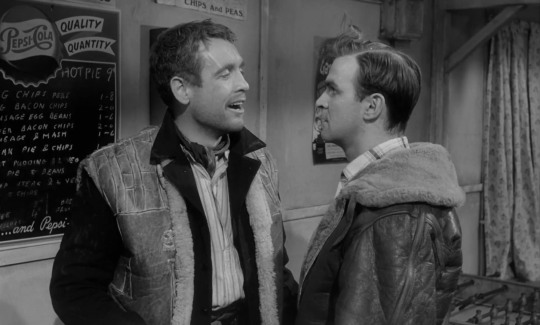

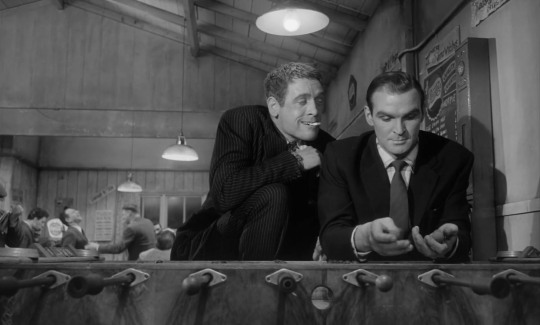










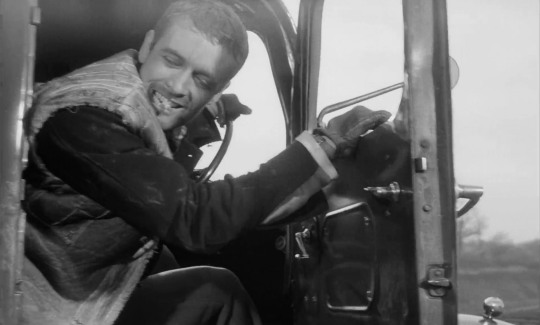

Patrick McGoohan in Hell Drivers (1957)
8 notes
·
View notes
Text

Jill Ireland-Stanley Baker "Ruta infernal" (Hell drivers) 1957, de Cy Endfield.
3 notes
·
View notes
Text
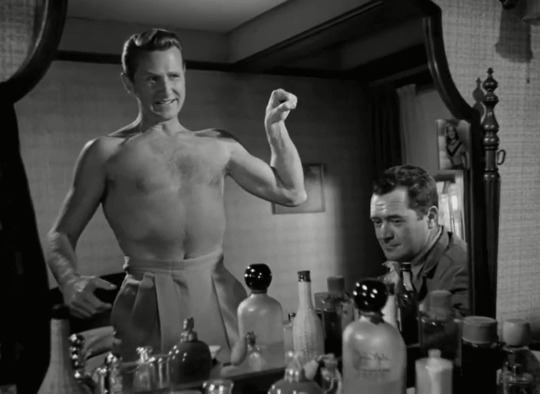
Lloyd Bridges and Frank Lovejoy in Try and Get Me! (aka The Sound of Fury) (Cy Endfield, 1950)
Cast: Frank Lovejoy, Kathleen Ryan, Lloyd Bridges, Richard Carlson, Katherine Locke, Adele Jergens, Art Smith, Renzo Cesano, Irene Vernon, Cliff Clark, Harry Shannon, Donald Doss, Joe E. Ross. Screenplay: Jo Pagano, based on his novel. Cinematography: Guy Roe. Production design: Perry Ferguson. Film editing: George Amy. Music: Hugo Friedhofer.
Climaxing in a vividly filmed and edited scene of a mob storming a city jail, Try and Get Me! is the second film based on a lynching that took place in San Jose in 1933. The first, Fritz Lang's Fury (1936), starring Spencer Tracy and Sylvia Sidney, is better-known and better acted, but Cy Enfield's version of the story, scripted by Jo Pagano from his fictionalized account of the incident, is equally gripping. What it lacks in its cast, it makes up for in sheer momentum. Frank Lovejoy plays Howard Tyler, an out-of-work man with a wife and child, whose desperation at providing for his family causes him to fall for the blandishments of Jerry Slocum, a sleazy thief played (not to say overplayed) by Lloyd Bridges. When Jerry murders a rich man's son during a kidnapping plot, Howard is trapped in a situation beyond his control. Public opinion is stirred up by newspaper columnist Gil Stanton (the bland and miscast Richard Carlson), who succumbs to his editor's sensationalism. The movie is mostly uncompromising in its hard-nosed treatment of the story, with only a few lapses into sentimentality in its portrayal of Howard's wife and son. Under the original title, The Sound of Fury (a probably intentional echo of Lang's film as well as William Faulkner's The Sound and the Fury), it was a box office failure, leading producer Robert Stillman to re-release it under the title Try and Get Me! But it failed to find an audience until it was restored by the Film Noir Foundation in 2020.
2 notes
·
View notes
Text
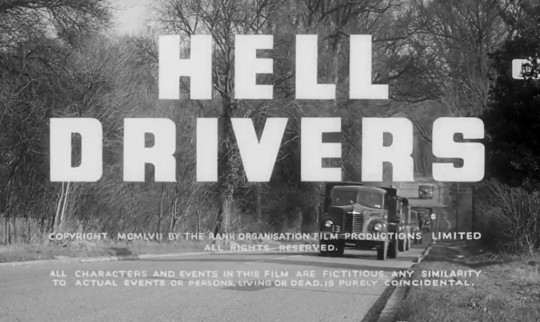
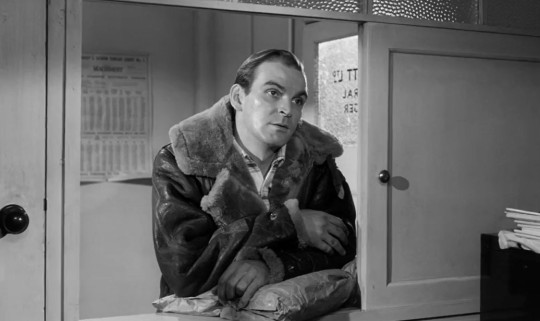
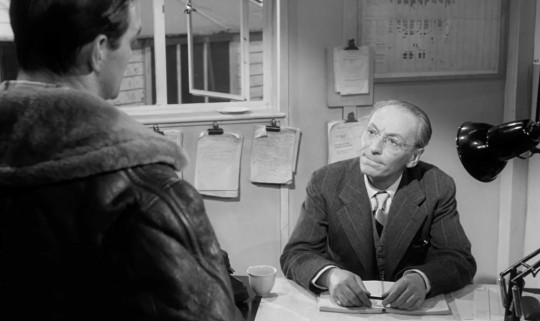
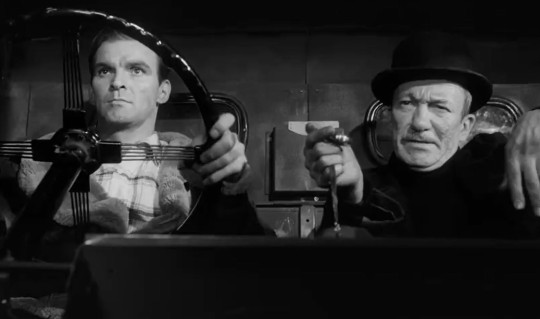
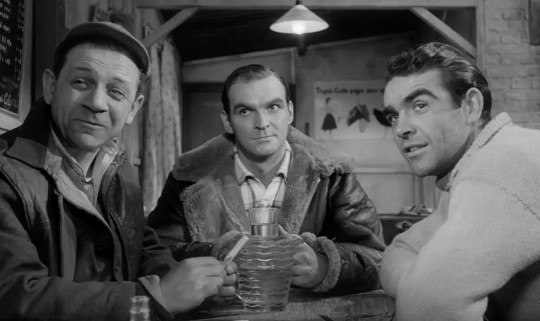

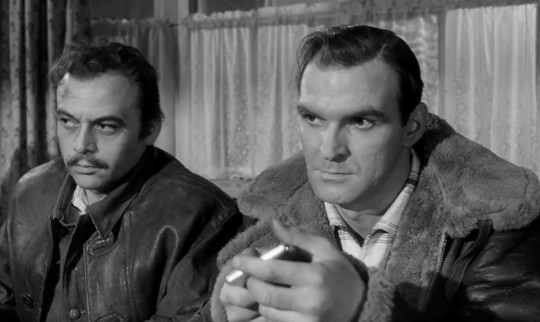
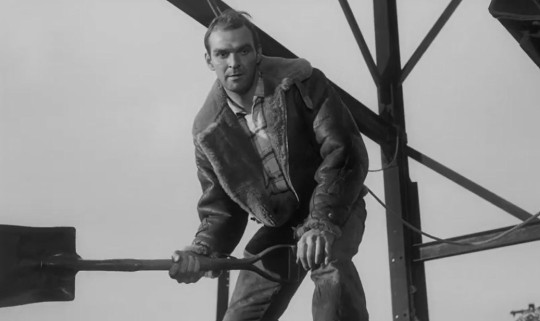
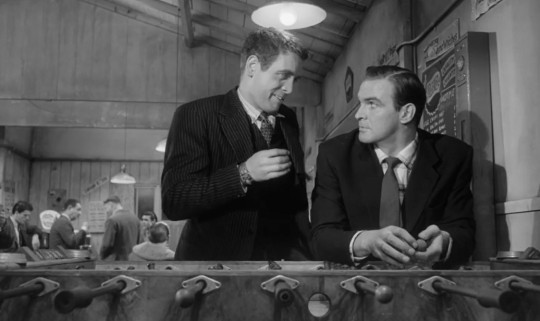

Hell Drivers (1957) dir. Cy Endfield
Starring: Stanley Baker, Patrick McGoohan, David McCallum, Herbert Lom, Sean Connery, Sidney James, William Hartnell, Wilfrid Lawson
#hell drivers#1957#cy endfield#stanley baker#patrick mcgoohan#david mccallum#sean connery#sidney james#wilfrid lawson#herbert lom#william hartnell#screengrabs#screencaps#my edits#brit cinema#1950s#black and white cinema#brit film
19 notes
·
View notes
Text
On September 21, 1962 Mysterious Island debuted in Ireland.

#mysterious island#cy endfield#herbert lom#captain nemo#jules verne#fantasy film#fantasy adventure film#adventure film#science fiction art#science fiction film#sci fi#monstervision#penn and teller's monstervision#movie art#art#drawing#movie history#pop art#modern art#pop surrealism#cult movies#portrait#cult film
4 notes
·
View notes
Photo
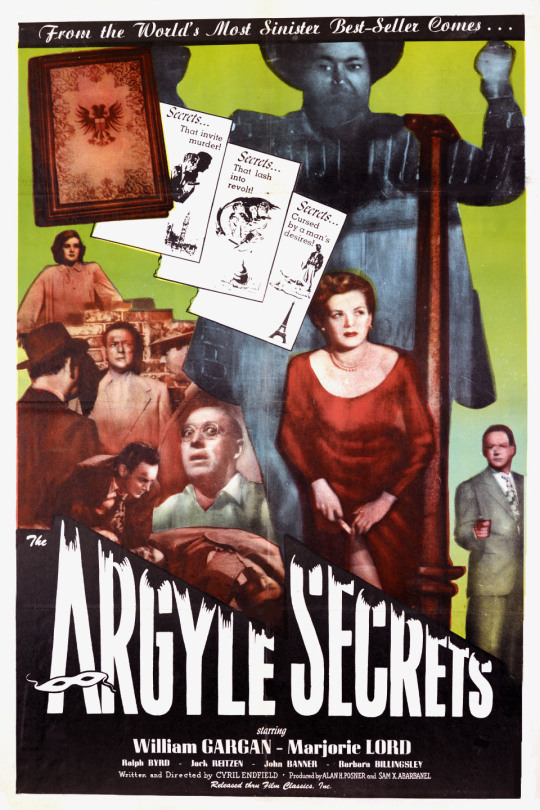
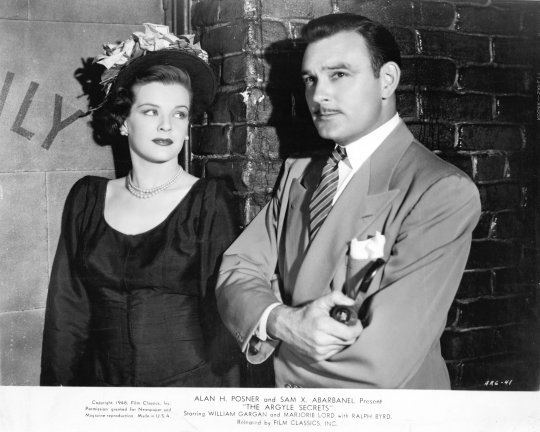
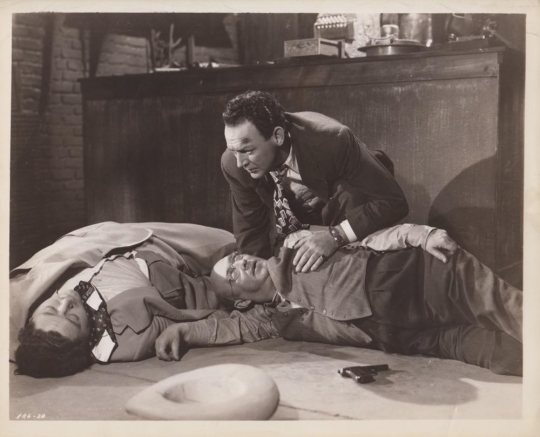

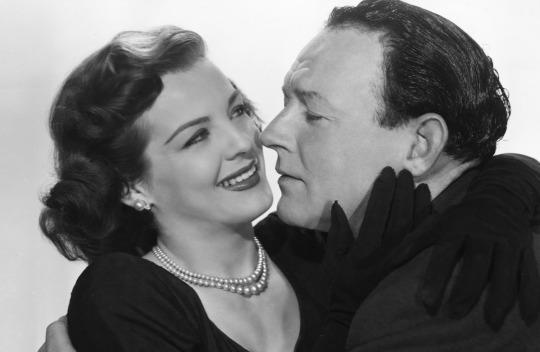
The Argyle Secrets (1948) Cy Endfield
December 20th 2022
#the argyle secrets#1948#cy endfield#william gargan#marjorie lord#ralph byrd#jack reitzen#john banner#mickey simpson#barbara billingsley#peter brocco#alex frazer#george anderson
3 notes
·
View notes
Quote
Much harder-edged about this than the native product are the films made here by American émigrés, whether under co-production arrangements, or as refugees from McCarthyism, or working for British companies, or as 'runaways' from Hollywood's high production costs. Jules Dassin's Night and the City (1950), explored London's underworld with, not the neo-realism for which critics looked in vain, but something of the visionary sadism of Gerald Kersh, an author whose brutal best-sellers have understandably frightened British producers. Edward Dmytryk's Give Us This Day (1949) and Obsession (1949) are no less convulsively pessimistic, and even if Cy Endfield's Hell Drivers (1957) and Sea Fury (1958) lack the social analysis of his Hollywood The Sound of Fury, their harsh energy is exhilarating and disturbing.
Raymond Durgnat, A Mirror for England
#raymond durgnat#a mirror for england: british movies from austerity to affluence#jules dassin#gerald kersh#edward dmytryk#cy endfield
4 notes
·
View notes
Photo
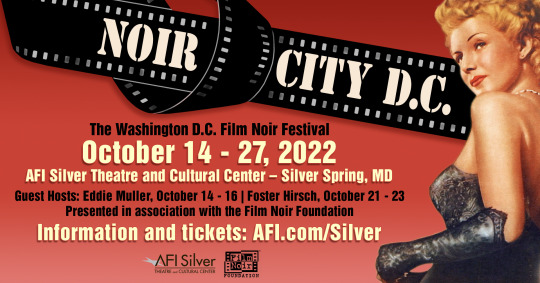
NOIR CITY DC lineup just announced!
Schedule, tickets and all access passes are now available on the AFI Silver Theatre and Cultural Center website: https://bit.ly/NoirCityDC22
The festival runs October 14–27. Screenings will include the FNF funded restoration of Cy Endfield's rarely seen 1948 directorial debut THE ARGYLE SECRETS. Restoration performed by UCLA Film & Television Archive.
FNF prez Eddie Muller will introduce screenings October 14–16. Film historian and FNF board member Foster Hirsch will introduce films October 21–23.
NOIR CITY DC Pass: $175/$150 AFI Members. The pass grants you admission for one to every film in the Festival, at a significant discount. Valued at $420
#noir city#noir city dc#afi silver#afi silver theatre and cultural center#cy endfield#the argyle secrets#foster hirsch#eddie muller#film noir#film noir film festival#film noir festival
4 notes
·
View notes
Text
youtube
Cast — Zulu singing vs "Men of Harlech" from Zulu (Cy Endfield, 1964)
0 notes
Text
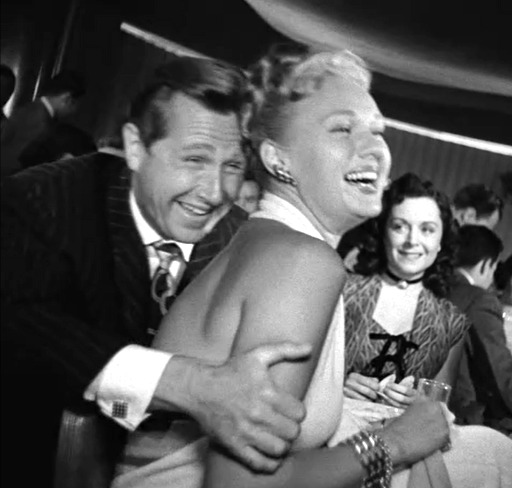
Lloyd Bridges-Adele Jergens "The sound of fury" 1950, de Cy Endfield.
3 notes
·
View notes
Text
The Argyle Secrets
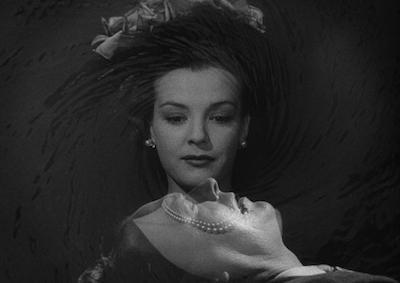

To the casual viewer, Cy Endfield’s THE ARGYLE SECRETS (1948, TCM) seems a decidedly cut-rate production. Shot for just $125,000, it features a lot of action off-screen, with a copious narration that reveals its origins as a radio play (by Endfield). Enterprising newspaperman William Gargan and femme fatale Marjorie Lord, a bush-league Bogie and Bacall if ever there was one, are on the trail of an album containing information on American Nazi collaborators and war criminals smuggled into the country by the government. For all the threadbare production values, however, it has a certain charm. There’s some good tough dialogue and an impressive tracking shot over a waterfront miniature that looks a lot more expensive than it was. There are also two great scenes. On the run from criminals out to get the album, Gargan stumbles through the apartment window of a Jewish family who used to be neighbors. There’s a lot of warmth in the scene, with legendary acting teacher Mary Tarcai as the mother who welcomes him, despite his unconventional entrance. When her son (Robert Kellard) comes home with a newspaper featuring Gargan’s picture on the front page (he’s a murder suspect), Endfield builds up a good deal of suspense as Gargan tries unobtrusively to keep him from opening the paper. Later, Gargan has a showdown with the crooks in a shadowy waterfront store that’s got some great chiaroscuro lighting by cinematographer Macklyn Stengler. UCLA restored the film from a British print for as much as it originally cost to make it, but it’s well worth the effort. Endfield would go on to make some other notable low-budget noirs before the blacklist sent him to England, where he later made the epic ZULU (1964).
0 notes
Text
Zulu (1964)
My ★★★★ review of Zulu (1964)
#FilmReview #MovieReview #Cinema
Zulu (1964)
Synopsis – Outnumbered British soldiers do battle with Zulu warriors at Rorke’s Drift – Zulu
Director – Cy Endfield
Starring –Michael Caine, Stanley Baker, Jack Hawkins, Ulla Jacobsson
Genre – War | Drama | Historical
Released – 1964
⭐⭐⭐⭐
Rating: 4 out of 5.
For fans of – The Dam Busters, Charge of the Light Brigade, Lawrence of Arabia
IMDB
Zulu is one of the greatest…

View On WordPress
#1960s Cinema#★★★★#british cinema#British film#cinema#Cy Endfield#Drama#film review#Film Reviews#Historical#Jack Hawkins#Michael Caine#movie review#Stanley Baker#Ulla Jacobsson#War
0 notes
Text
On January 5, 1962 Mysterious Island debuted in Finland.

#mysterious island#mysterious island 1961#cy endfield#herbert lom#captain nemo#fantasy film#jungle adventure film#adventure thriller#adventure film#science fiction film#science fiction art#science fiction#sci fi art#sci fi fan art#movie art#art#drawing#movie history#pop art#modern art#pop surrealism#cult movies#portrait#cult film
1 note
·
View note
Text
Le cinéma de Philippe Guillaume : " L'île mystérieuse " de Cy Endfield 1961
“L’île mystérieuse”, le “Robinson Crusoë” de Jules Verne est un roman d’aventures où les rares péripéties demandent un ou deux ingrédients d’importation ainsi qu’une concentration de l’intrigue pour captiver le spectateur de cinéma. Cette production de Charles H.Schneer implique, bien sûr, la présence au générique du grand maître des effets spéciaux, Ray…
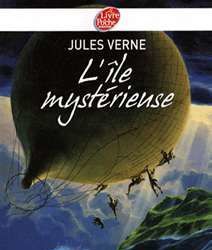
View On WordPress
0 notes
Quote
Up to a point, of course, the consensus accepts the Romantic urge. Wordsworth's early Romanticism evolved into a kind of puritan authoritarianism - which can, of course, be felt romantically, though lacking the element of revolt and impatience with restraint which Romanticism usually implies. Matthew Arnold (son of Arnold of Rugby, inventor of the public school system, and patron saint of evangelical gentlemen and muscular Christians - also forms of romantic conformism), sets, in his literary criticism, a precedent for that schoolmarm misinterpretation of Romanticism as uplift. Kipling perfected that romantic compound of evangelical-imperialist-militarist sentiment which haunted the British imagination from W.E. Henley to The Drum (1938) and Zulu.
Raymond Durgnat, A Mirror for England
#raymond durgnat#a mirror for england: british movies from austerity to affluence#william wordsworth#matthew arnold#thomas arnold#rudyard kipling#w.e. henley#zoltan korda#cy endfield
0 notes
